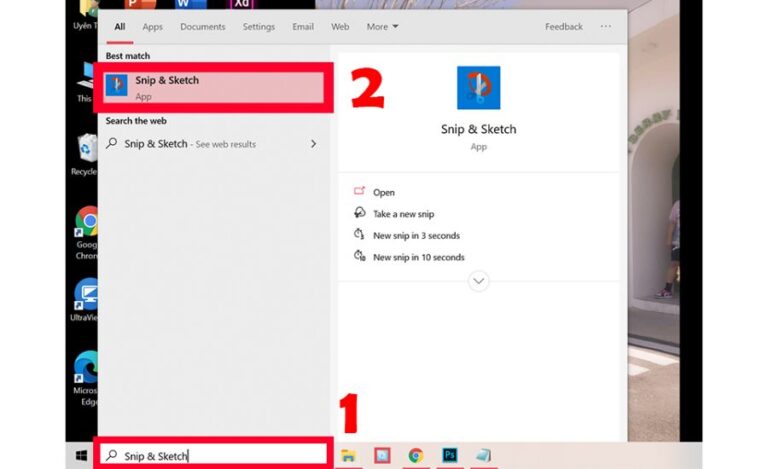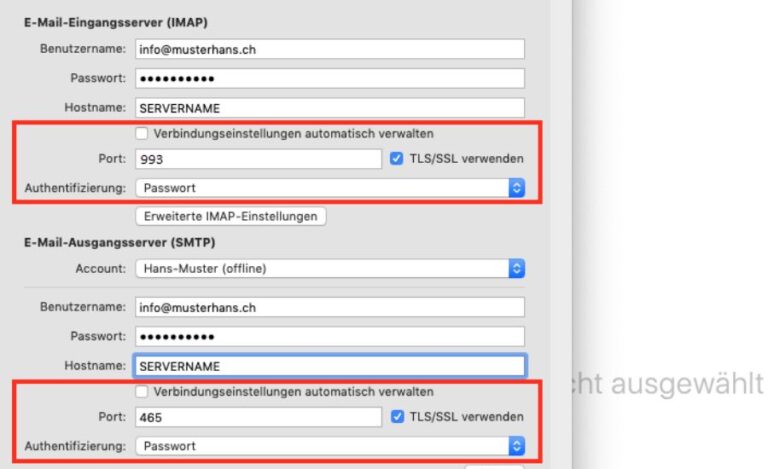[Img]Https://Lookpic.Com/Cdn/I2/S/05282024182719-002.Jpg[/Img], Breeze & More
Renewable vitality sources are revolutionizing the way we control our world. As worldwide concerns approximately climate alter and natural supportability develop, the move towards clean, renewable vitality has picked up critical force. This move is not fair a slant but a need for a maintainable future, advertising arrangements to decrease carbon outflows and diminish dependence on limited fossil fuels.
In this article, we will investigate three major renewable vitality sources that are forming the future of control era. Wind control tackles the constrain of moving discuss to produce power, whereas sun powered vitality captures the sun’s beams to deliver clean control. [img]https://lookpic.com/cdn/i2/s/05282024182719-002.jpg[/img]Hydropower, one of the most seasoned shapes of renewable vitality, utilizes the constrain of streaming water to make power. Each of these sources has its one of a kind preferences and challenges, contributing to a assorted and versatile renewable vitality landscape.
Wind Control: Saddling the Breeze
![[Img]Https://Lookpic.Com/Cdn/I2/S/05282024182719-002.Jpg[/Img], Breeze & More 2 image 3 2](https://idealrular.com/wp-content/uploads/2024/11/image-3-2.jpg)
Wind control has developed as a driving renewable vitality source, utilizing the characteristic constrain of moving discuss to create power. This clean vitality innovation works on a basic guideline: wind turns the propeller-like edges of a turbine around a rotor, which turns a generator to make power . [img]https://lookpic.com/cdn/i2/s/05282024182719-002.jpg[/img] Wind vitality is a shape of sun powered vitality, caused by the uneven warming of the air, abnormalities of the earth’s surface, and the planet’s turn .
Wind turbines can be introduced both on arrive and seaward. Land-based turbines extend from 100 kilowatts to a few megawatts in estimate, whereas seaward turbines tend to be gigantic, regularly taller than the Statue of Freedom . Coastal wind ranches are ordinarily found in zones with moo preservation esteem, whereas seaward establishments take advantage of effective sea winds .
The wind industry has ended up a noteworthy work maker, with over 125,000 individuals working in the U.S. wind segment over all 50 states . [img]https://lookpic.com/cdn/i2/s/05282024182719-002.jpg[/img] In 2022, wind turbines produced more than 10% of the country’s net add up to vitality, contributing $20 billion to the U.S. economy . Wind control not as it were gives clean, renewable vitality but moreover benefits nearby communities through assess installments and land-lease assentions .
Solar Vitality: Capturing Sunlight
Solar vitality saddles the control of daylight to produce clean power. This handle depends on photovoltaic (PV) cells, which change over light into electrical current through the photovoltaic impact . PV cells are regularly made of semiconductor materials, with silicon being the most common, bookkeeping for roughly 95% of modules sold nowadays .
The change handle happens in three fundamental steps: light retention, electron excitation, and current era . [img]https://lookpic.com/cdn/i2/s/05282024182719-002.jpg[/img] When daylight hits a PV cell, it thumps electrons free from the semiconductor fabric. These electrons stream through the cell, making an electrical current that can be captured and utilized to control homes and businesses .
Solar boards, which comprise of different PV cells wired together, come in different sorts. Monocrystalline boards, made from a single silicon precious stone, offer the most elevated effectiveness at over 20% . Polycrystalline boards, composed of different silicon parts, give a more cost-effective choice with efficiencies between 15-17% . Thin-film boards, whereas less productive, offer adaptability and lighter weight, making them appropriate for particular applications .
Hydropower: The Drive of Water
![[Img]Https://Lookpic.Com/Cdn/I2/S/05282024182719-002.Jpg[/Img], Breeze & More 3 image 3 3](https://idealrular.com/wp-content/uploads/2024/11/image-3-3.jpg)
Hydropower saddles the vitality of streaming water to produce power. This renewable vitality source has been utilized for thousands of a long time, with advanced hydroelectric frameworks changing over water’s potential vitality into electrical control . The handle includes building dams on streams with noteworthy height drops, making stores behind them .
Water from the supply streams through immaterial close the dam’s foot, driven by gravity through a penstock.[img]https://lookpic.com/cdn/i2/s/05282024182719-002.jpg[/img] At the penstock’s conclusion, a turbine propeller turns as water moves through it. The turbine’s shaft interfaces to a generator, creating power . This strategy is comparative to coal-fired control plants, both utilizing a control source to turn a turbine .
Hydroelectric control offers a few focal points. It gives a steady and solid frame of vitality era, accepting adequate water supply. As a clean, renewable vitality source, it produces no squander and has moo working costs. Furthermore, hydroelectric dams regularly have long benefit lives, with a few working for over a century .
Facts:
- Wind Power:
- Wind power harnesses the natural force of moving air to create electricity using turbines.
- Offshore wind turbines are typically larger and more efficient due to powerful ocean winds.
- Wind energy contributes over 10% of the U.S.’s total energy, supporting 125,000 jobs and generating $20 billion for the economy (2022 data).
- Solar Energy:
- Solar energy relies on photovoltaic (PV) cells to convert sunlight into electricity.
- Monocrystalline panels have efficiencies above 20%, while polycrystalline panels range from 15-17%.
- Silicon is the primary material used in 95% of PV modules sold today.
- Hydropower:
- Hydropower transforms the kinetic energy of flowing water into electricity.
- Hydroelectric systems often rely on dams and reservoirs to store water and control its flow.
- Hydropower plants have long lifespans, with some functioning efficiently for over 100 years.
- Environmental Impact:
- All three renewable sources produce little to no carbon emissions during operation, supporting efforts to combat climate change.
- Hydropower is consistent and reliable but requires significant water resources and can impact ecosystems.
Summary:
Renewable energy sources are revolutionizing power generation by offering sustainable alternatives to fossil fuels and addressing climate change. The article explores three major renewable energy sources: wind power, solar energy, and hydropower, each with unique advantages and challenges. Wind turbines convert the force of moving air into electricity, while solar panels capture sunlight to produce clean energy. Hydropower, one of the oldest renewable methods, uses the kinetic energy of flowing water to generate electricity. Together, these technologies contribute to a more diverse and resilient renewable energy landscape, while promoting environmental sustainability and economic growth.
FAQs:
1. What are the main types of renewable energy sources discussed in the article?
The article highlights wind power, solar energy, and hydropower as the primary renewable energy sources shaping the future of power generation.
2. How does wind energy work?
Wind turbines convert the kinetic energy of moving air into electrical energy. Wind turns turbine blades, which rotate a rotor connected to a generator, producing electricity.
3. What is the difference between monocrystalline and polycrystalline solar panels?
- Monocrystalline panels: Made from a single silicon crystal, they have higher efficiency (20%+) and a longer lifespan.
- Polycrystalline panels: Made from multiple silicon fragments, they are more cost-effective but slightly less efficient (15-17%).
4. What are the environmental benefits of hydropower?
Hydropower generates clean energy with minimal waste, low operating costs, and no greenhouse gas emissions during operation. It also supports long-term energy stability.
5. What challenges do renewable energy sources face?
Challenges include dependency on natural conditions (e.g., wind and sunlight), high initial setup costs, and potential environmental impacts (e.g., hydropower’s effect on aquatic ecosystems).
6. How significant is wind energy in the U.S.?
Wind energy accounts for more than 10% of the U.S.’s total energy and supports over 125,000 jobs across all 50 states.
7. How long do hydroelectric dams typically last?
Hydroelectric dams often have lifespans exceeding 100 years, making them one of the most durable forms of renewable energy infrastructure.
8. What makes renewable energy critical for the future?
Renewable energy sources reduce carbon emissions, decrease reliance on fossil fuels, and promote sustainability, addressing urgent global challenges like climate change and resource depletion.
9. Why is silicon commonly used in solar panels?
Silicon is abundant, durable, and highly effective at converting sunlight into electricity, making it the dominant material for photovoltaic cells.
10. What is the role of renewable energy in job creation?
Renewable energy sectors, especially wind and solar, have become significant job creators, contributing to economic growth and community development.
For more About information visit idealrular.com
![[Img]Https://Lookpic.Com/Cdn/I2/S/05282024182719-002.Jpg[/Img], Breeze & More 1 Maury Ange Faith Martinez Daquan And Jorge 61](https://idealrular.com/wp-content/uploads/2024/11/Maury_Ange-Faith-Martinez-Daquan-And-Jorge-61.jpg)





